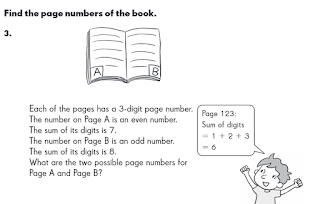Today is another ATF full day, with opportunities to work with others in the district. At this point I have created my COVER board for the classroom.
I have included mascots for Optimism, Visualization, and Reflection (my students are working on possibilities for Collaboration and Experimentation.
 |
| Reflection Monkey |
 |
| Optimism Dory |
 |
| Visualization Spider |
Of course, I am aware that just posting the bulletin board in my classroom does not mean the students will learn the dispositions.
My students are beginning to move into areas where they can regularly apply the dispositions. I have introduced Ozobots to the class in small groups. At this point, they are just playing with the robots line-following features. Some are attempting to draw the color codes that control movement and speed.
Link to Ozobot Color Codes
 |
| Ozobot Robot |
The next step will be to introduce Ozobot challenges to student partners. The color codes are difficult to draw in general, and very difficult for third graders. For this reason, I created the codes on a Publisher document so that they can be printed onto Avery stickers.
This is the type of challenge I had in mind when I was first looking into dispositions. Students need rich challenges in order to best Experiment, Visualize, and Collaborate (and optimize? 😊 - show Optimism).
I also created a reflection form for students on Google Forms.
Link to COVER Reflection on Google Forms
My hope is that by using the form regularly through the year, I can accomplish two goals. One, I can gather data about how often and well my students are using the COVER dispositions. Two, the very act of reflecting will reinforce the dispositions for the students and help them internalize their use.








